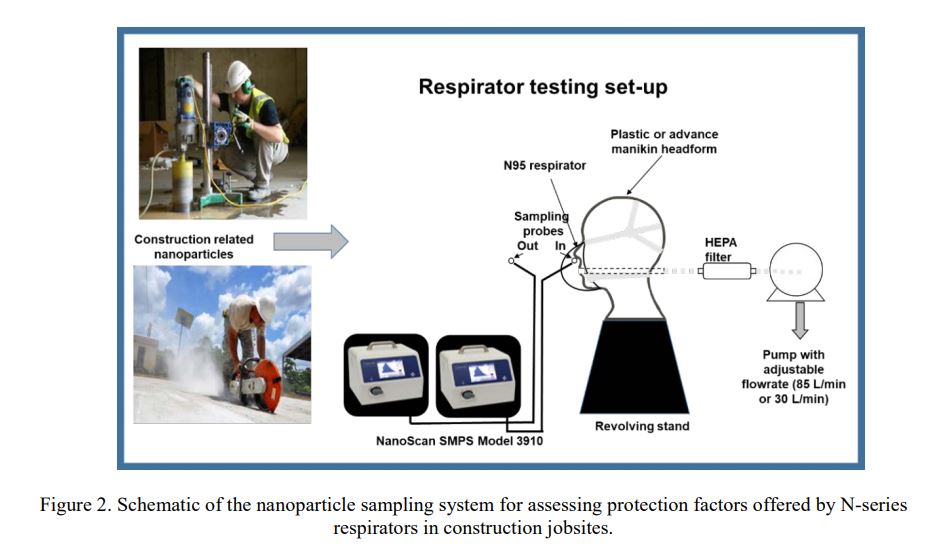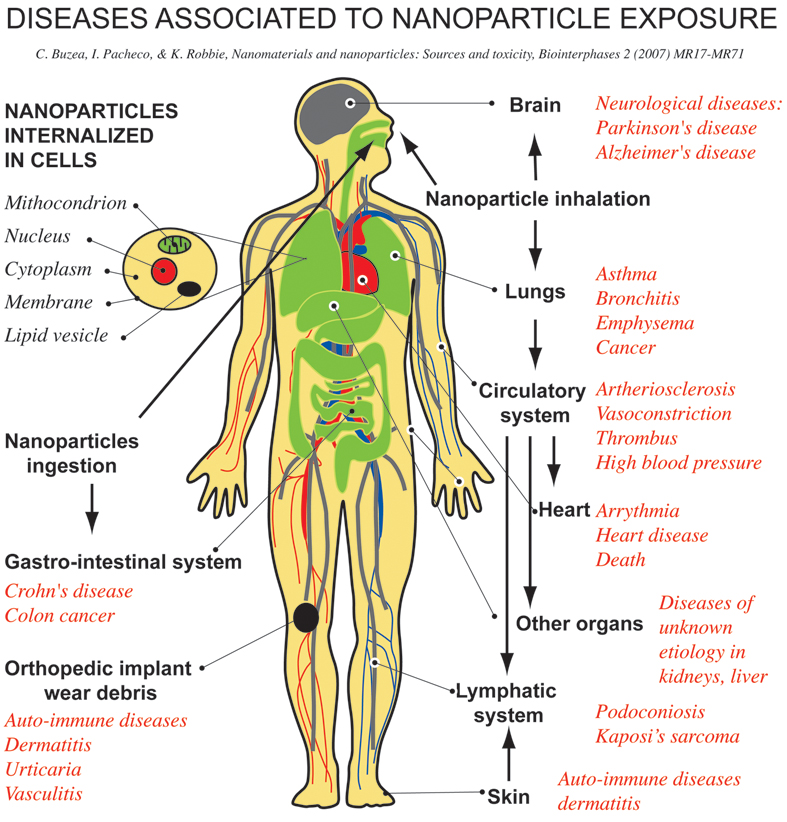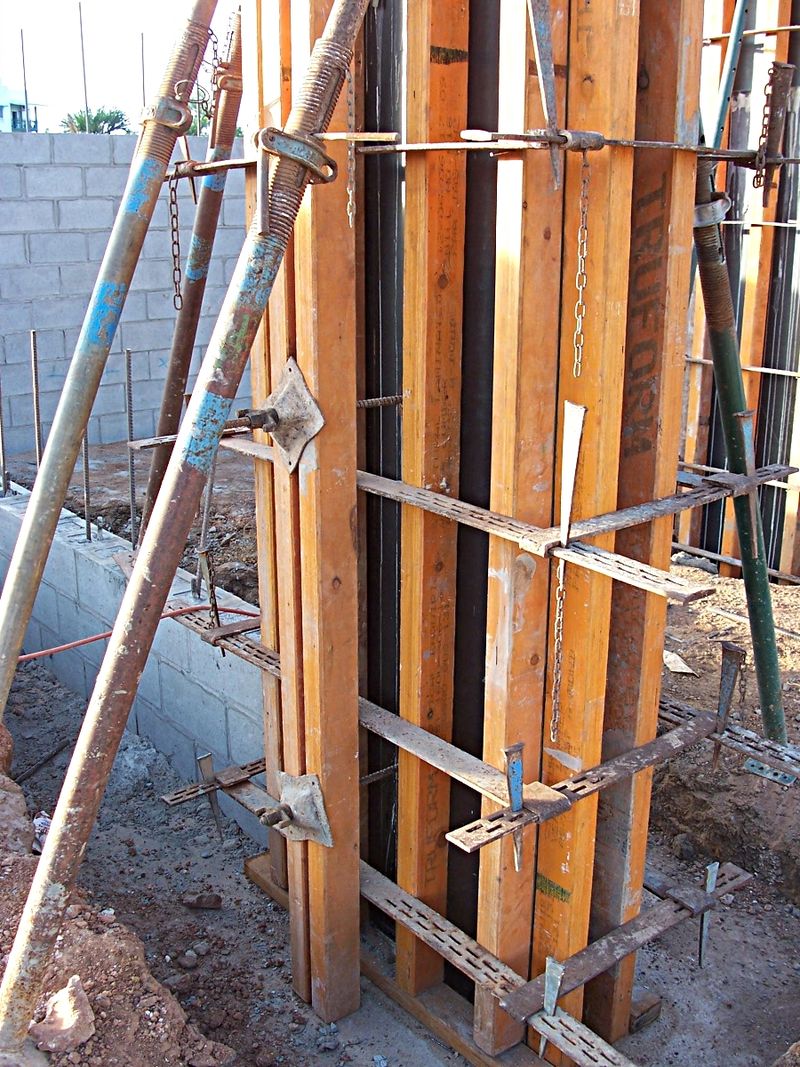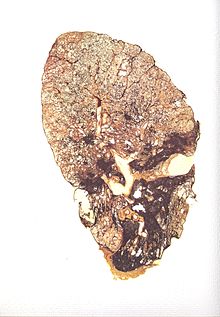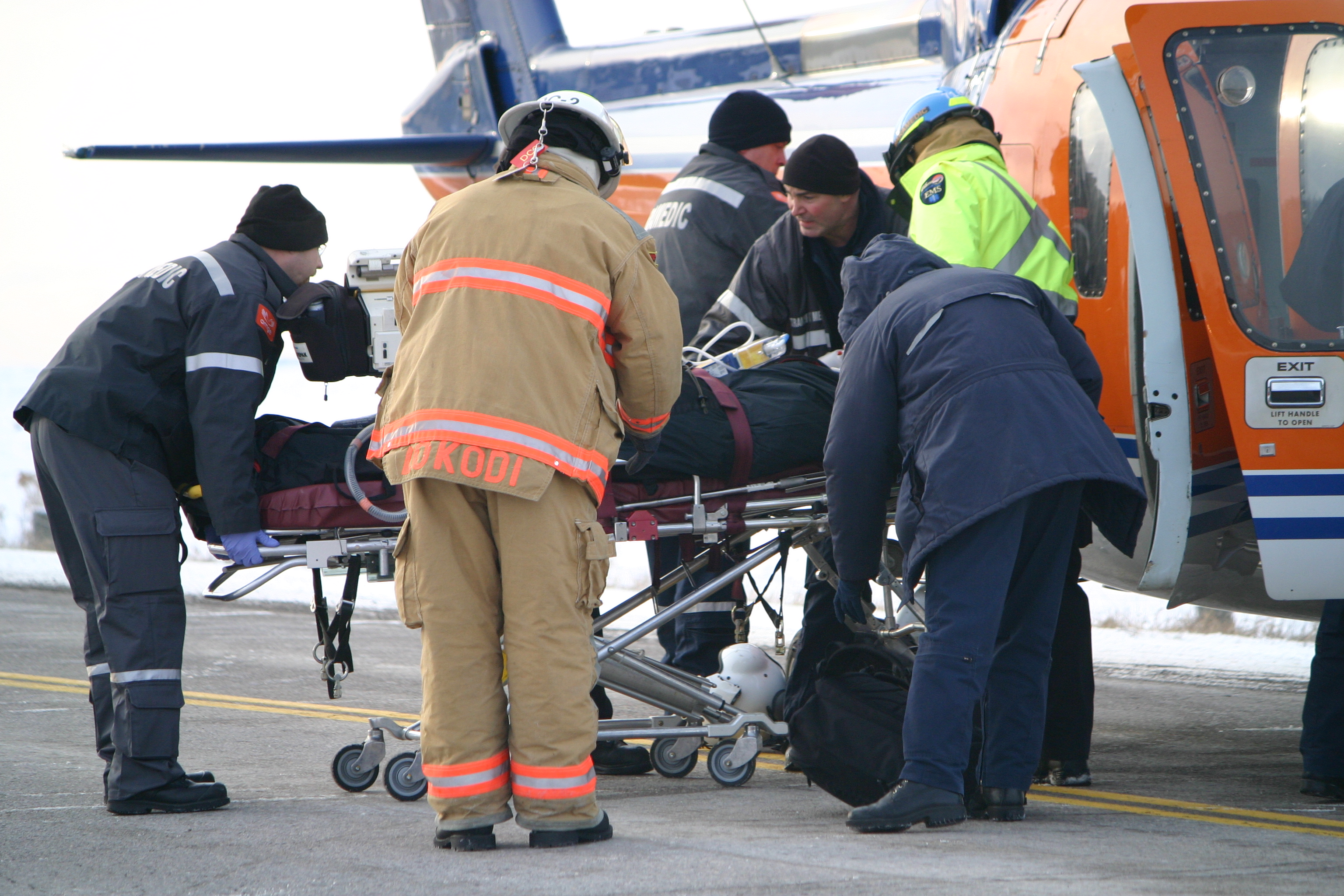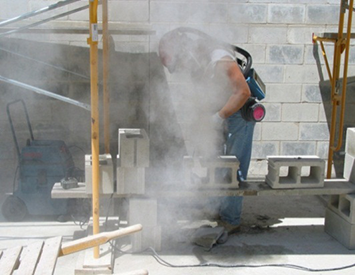Almost half of the construction workers suffer from symptoms related to musculoskeletal disorders
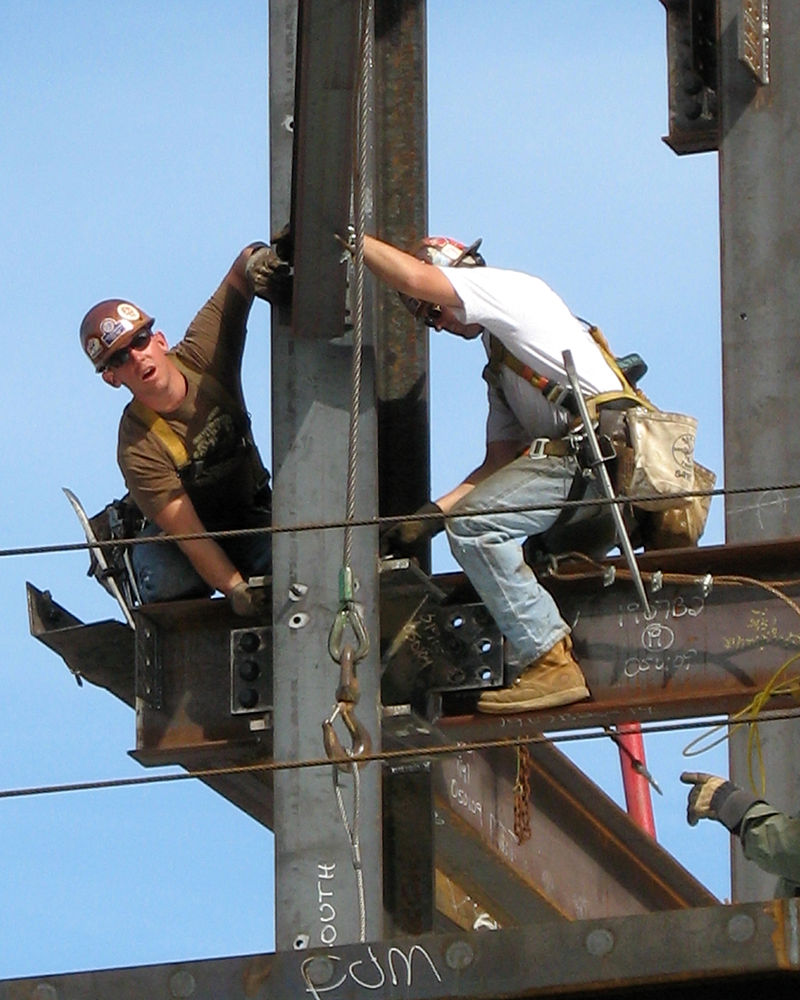 Muskuloskeletal Disorders or MSDs are soft tissue injuries that affect many construction workers. Globally MSDs are the largest category of workplace injuries and account for 30% of all US worker’s compensation costs. MSDs affect all the parts of the body that are responsible for movements such as the muscles, the tendons, the nerves, the ligaments, the disks or the blood vessels. They are the result of sudden or repetitive motions, forces or awkward positions.
Muskuloskeletal Disorders or MSDs are soft tissue injuries that affect many construction workers. Globally MSDs are the largest category of workplace injuries and account for 30% of all US worker’s compensation costs. MSDs affect all the parts of the body that are responsible for movements such as the muscles, the tendons, the nerves, the ligaments, the disks or the blood vessels. They are the result of sudden or repetitive motions, forces or awkward positions.
Due to the nature of their activity, construction workers are among the workers who are the most at risk of suffering from MSDs with the most common cause being overexertion from activities such as pushing, pulling, holding carrying and catching as well as lifting and lowering. In its quarterly report the Center for Construction Research and Training provides an in-depth analysis of MSDs in the American construction industry.
In 2017, 19,690 WMSDs injuries resulted in days away from work in the construction industry with the most common injuries being sprains, strains and tears. Back injuries were the most predominant, followed by lower and upper extremities. Age is a main factor in muskuloskeletal disorders and the older a construction worker is the higher the risk is that he might suffer from WMSDs resulting in days away from work.
 New York Personal Injury Attorneys Blog
New York Personal Injury Attorneys Blog


